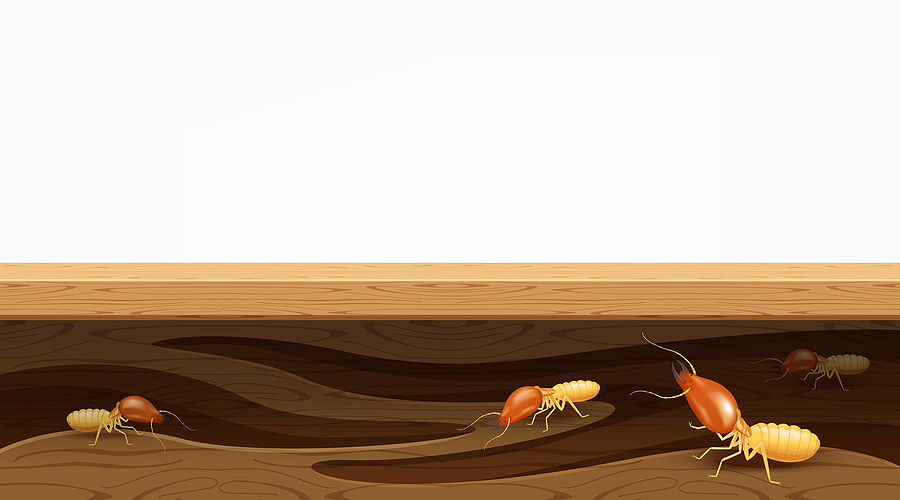How To Protect Your Antiques From Termites
- Details

Termites are responsible for over $1 billion in damages to property each year in the United States. Fortunately, there are ways to exterminate termites and prevent them. Termites work fast so they can often destroy your most treasured items before you even know they're there.
Aside from being historical artifacts, antiques are often known for their durability. Unfortunately even the most durable items are vulnerable to termite damage, and bringing new pieces into your home can trigger an infestation and put your entire house at risk if there are already termites present on those items.
The easiest way to protect your antiques from termites is prevention. Before purchasing your new piece, inspect if for small exit holes where termites and other pests may have been. This is necessary for all items that are brought into your home, as once termites get in, all other furniture and any wood will be at risk of an infestation and damage.
Termites travel through tunnels. They are attracted to wood and soil and breed rapidly. They are almost never around in small numbers. If any termite activity is seen it should be taken seriously. Your antique furniture may not even appear infested at first, only to discover a bunch of termites have already invaded and are happily gnawing on your precious items. They can be tricky to spot.
These crafty pests often remain unseen and are usually only discovered when the damage they’ve caused is visible and severe. You can be proactive though if you know what to look for. If you have recently moved a new piece of furniture into your home it's advisable to inspect it for signs of existing termites or previous termite damage.
Signs of termites include blistered paint on the surface areas, and the appearance of trails within the wood. If termites are suspected an experienced pest control company will be your best option to safely and thoroughly treat the problem. It's not a bad idea to ”quarantine” the piece until you're certain it's termite free.
One thing to be aware of is where you place these antiques in your home. Termites seek out water and damp wood – so placing these pieces in areas that are quick to draw moisture will attract termites. It’s also important to remember that moisture, just on its own, can damage your items.
If one day you discover a particular item is infested, let it air out in the sunlight. Keeping it in the sunlight for a maximum period of 4 hours may help to get rid of the termite problem depending on the severity. Inspect the rest of your furniture while you’re at it and seek a professional inspection if any insects are spotted.
An experienced pest control company is always your best course of action against any pest infestation. In order to stop the damage, it’s vital to know if you actually have an infestation. An inspection by a professional will be thorough as they will know precisely what to look for and the best course of action to effectively exterminate the pests. The experienced technician will analyze how extensive the infestation is and then will discuss treatment options.
If you suspect you have a termite problem contact the professionals at Eagle Pest Services. Our trusted, experienced technicians will know how to treat an existing problem while protecting the integrity of your valued antiques.





